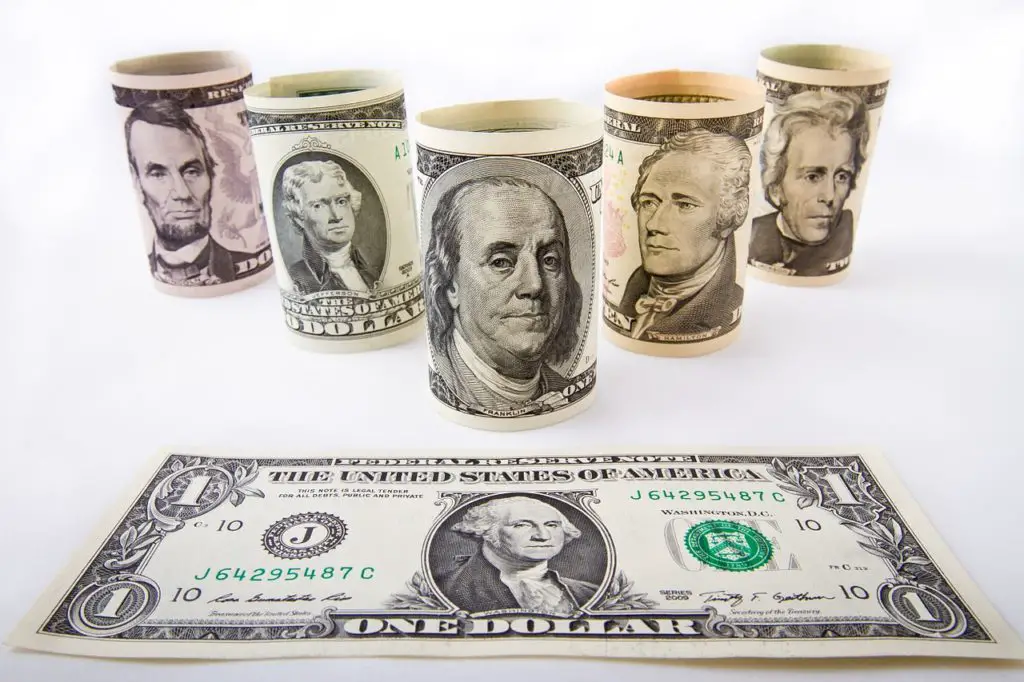Last Updated on 08/31/2020 by GS Staff
[otw_shortcode_dropcap label=”Q:” size=”large” border_color_class=”otw-no-border-color”][/otw_shortcode_dropcap] What are examples of current assets?
[otw_shortcode_dropcap label=”A:” size=”large” border_color_class=”otw-no-border-color”][/otw_shortcode_dropcap] Many of us have heard about current assets but are not necessarily clear about what they are when it comes to accounting. Below we will provide a list of current assets and also define these types of assets.
What are Current Assets?
Current assets are assets that can be converted to cash or used to pay liabilities within 12 months. In some cases, an operating cycle can extend beyond one year, in which case the assets can still be considered current assuming they can be converted to cash or used to pay liabilities within the operating cycle. Keep in mind that current assets are almost always a result of operating activity.
When you review the asset on a balance sheet, current assets are the first to appear. The current assets are listed in order with the most liquid account being placed first. The most liquid account, of course, is cash because it is the purest form of liquidity.
A balance sheet should provide a realistic representation of the current assets. In other words, the current assets reported should reflect an amount that is consistent with what will be received when the assets are converted to cash. This is important because it establishes realistic figures that can be used to form financial ratios, such as the current ratio, to evaluate a business.
Here is a list of common current assets:
- Cash: cash on hand or in the bank
- Petty Cash
- Money Market Funds
- Certificate of Deposits
- Short-term Bonds
- Investments that can be converted to cash within a year
- Prepaid Expenses
- Accounts Receivable
- Interest Receivable
- Inventory
- Short-term loans

